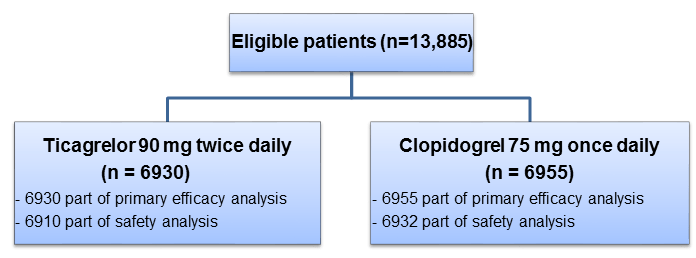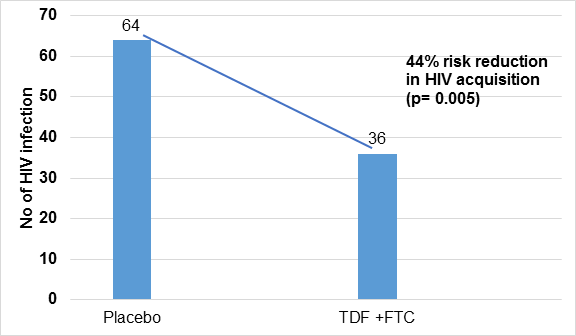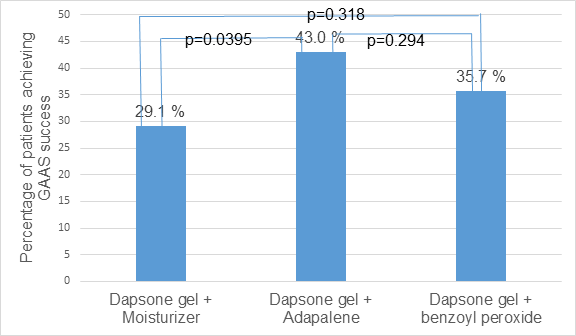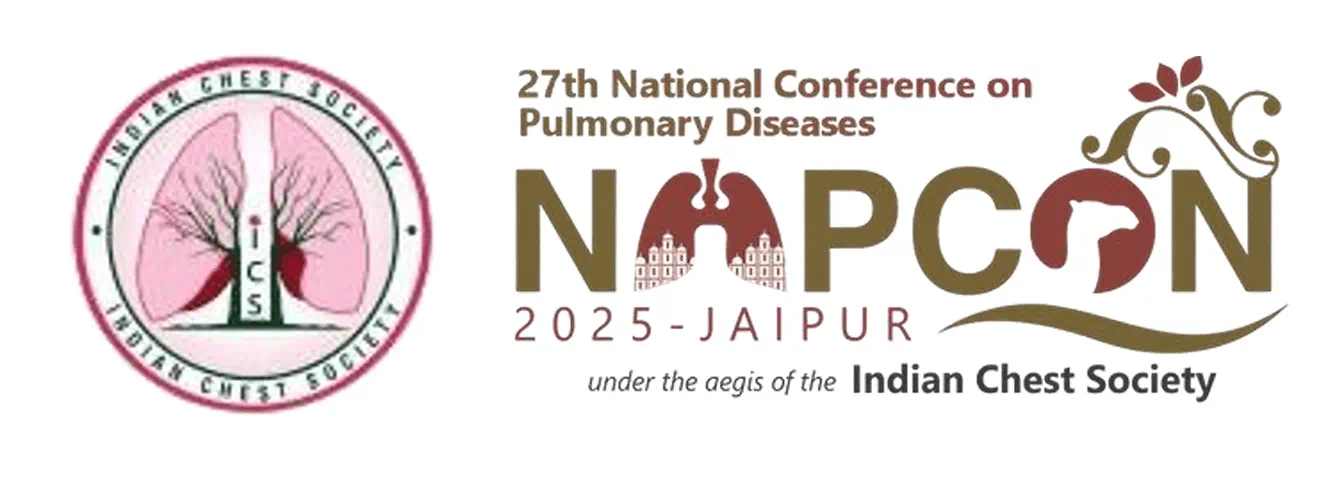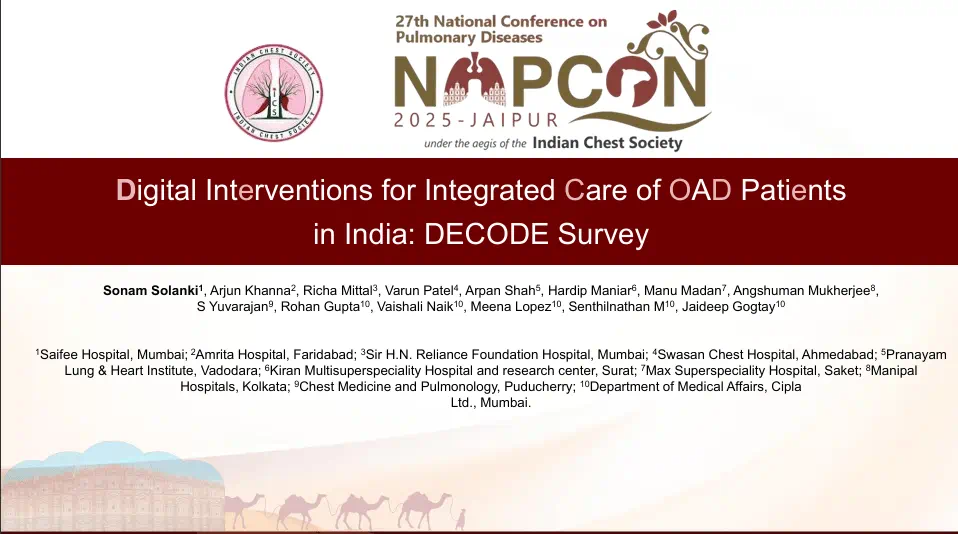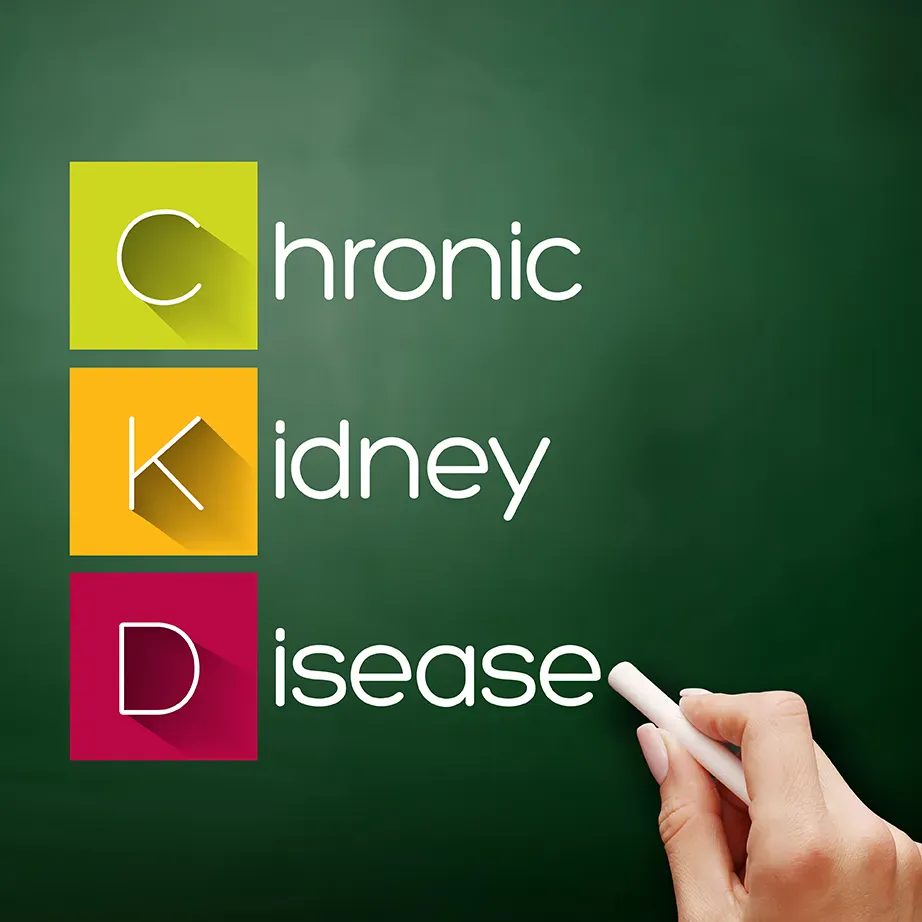Phase III Trial: Nanoparticle Albumin-Bound Paclitaxel vs. Standard Paclitaxel in Women with Metastatic Breast Cancer
Introduction
Owing to the highly hydrophobic nature of taxanes (paclitaxel, docetaxel), synthetic solvents (like polyethylated castor oil) are used to enable their parenteral administration. Nevertheless, toxic effects have been reported with solvents used in the delivery system. Moreover, these solvents also reduce the efficacy of the drug by entrapping them into active micelles formed in the plasma compartments, thereby limiting its bioavailability and anti-tumor activity.
Nanoparticle Albumin-Bound Paclitaxel, known as ABI-007 is the first biologically interactive albumin-bound paclitaxel in a nanometer particle size. This novel anticancer therapy incorporates albumin particle technology and exploits the unique properties of albumin, a natural carrier of lipophilic molecules in humans. In vitro studies have demonstrated a 4.5-fold increase in paclitaxel transport across endothelial cells with Nanoparticle Albumin-Bound Paclitaxel vs. standard (polyethylated castor oil-based) paclitaxel.
Aim
To confirm the preclinical data demonstrating superior efficacy and reduced toxicity of Nanoparticle Albumin-Bound Paclitaxel vs. standard paclitaxel in women with metastatic breast cancer (MBC).
Patients Profile
- Females (age ≥18 years) with histologically or cytologically confirmed, measurable MBC and an expected survival of more than 12 weeks
- 83% of the study population was post-menopausal
Methods
Study Design
- International, randomized, open-label phase III study
Treatment Strategy
Primary Outcome
- Overall response rate (ORR)
Secondary Outcome
- Time to tumor progression (TTP) and overall survival (OS)
Results
- The intensity of actual delivered paclitaxel dose per week was 49% higher in the ABI-007 group vs. the standard paclitaxel group (Figure 1)
- Patients treated with ABI-007 had a significantly higher ORR vs. standard paclitaxel
- The median TTP was significantly longer (hazard ratio [HR]; 0.75) in patients administered ABI-007 vs. those administered standard paclitaxel (Table)
|
Outcome |
ABI-007 group |
Standard paclitaxel group |
P value |
|
ORR |
33% |
19% |
0 .001 |
|
Median TTP |
23 weeks |
16.9 weeks |
0.006 |
- A trend towards greater median survival was evident for all patients treated with ABI-007 vs. those treated with standard paclitaxel, however; the difference was statistically significant amongst those who received ABI-007 as second-line or greater therapy (56.4 vs. 46.7 weeks; HR, 0.73; p= 0.024)
- The tumor response rate was particularly higher for the ABI-007-treated patients with visceral dominant lesions (34% vs. 19%; P =0.002) and in patients aged <65 years (34% vs. 19%; P <.001) vs. those treated with standard paclitaxel
Adverse Events
- Despite receiving a 49% higher dose of paclitaxel, patients treated with ABI-007 had a significantly lower incidence of grade 4 neutropenia as compared to those treated with standard paclitaxel (Figure 2)
- Although the occurrence of grade 3 sensory neuropathy was more common in the ABI-007 group vs. the standard paclitaxel group, it was easily managed and improved rapidly (median, 22 days) (Figure 2)
- Febrile neutropenia was a rare adverse event (< 2%) with a similar incidence in both the study groups
- No severe hypersensitivity reactions were evident in patients treated with ABI-007 despite the absence of premedication and shorter administration time
Conclusion
- Use of nanoparticle albumin-bound paclitaxel rather than standard paclitaxel was associated with greater efficacy and a favorable safety profile in MBC patients
- An improved therapeutic index with elimination of corticosteroid premedication (a pre-requisite for solvent-based taxanes) makes the novel formulation an important advance in the treatment of MBC
- Tolerance to high-dose of ABI-007, enabled maintenance of most patients on the protocol-specified dose, with minimal disruption caused by adverse events
J Clin Oncol 2005; 23:7794-7803


